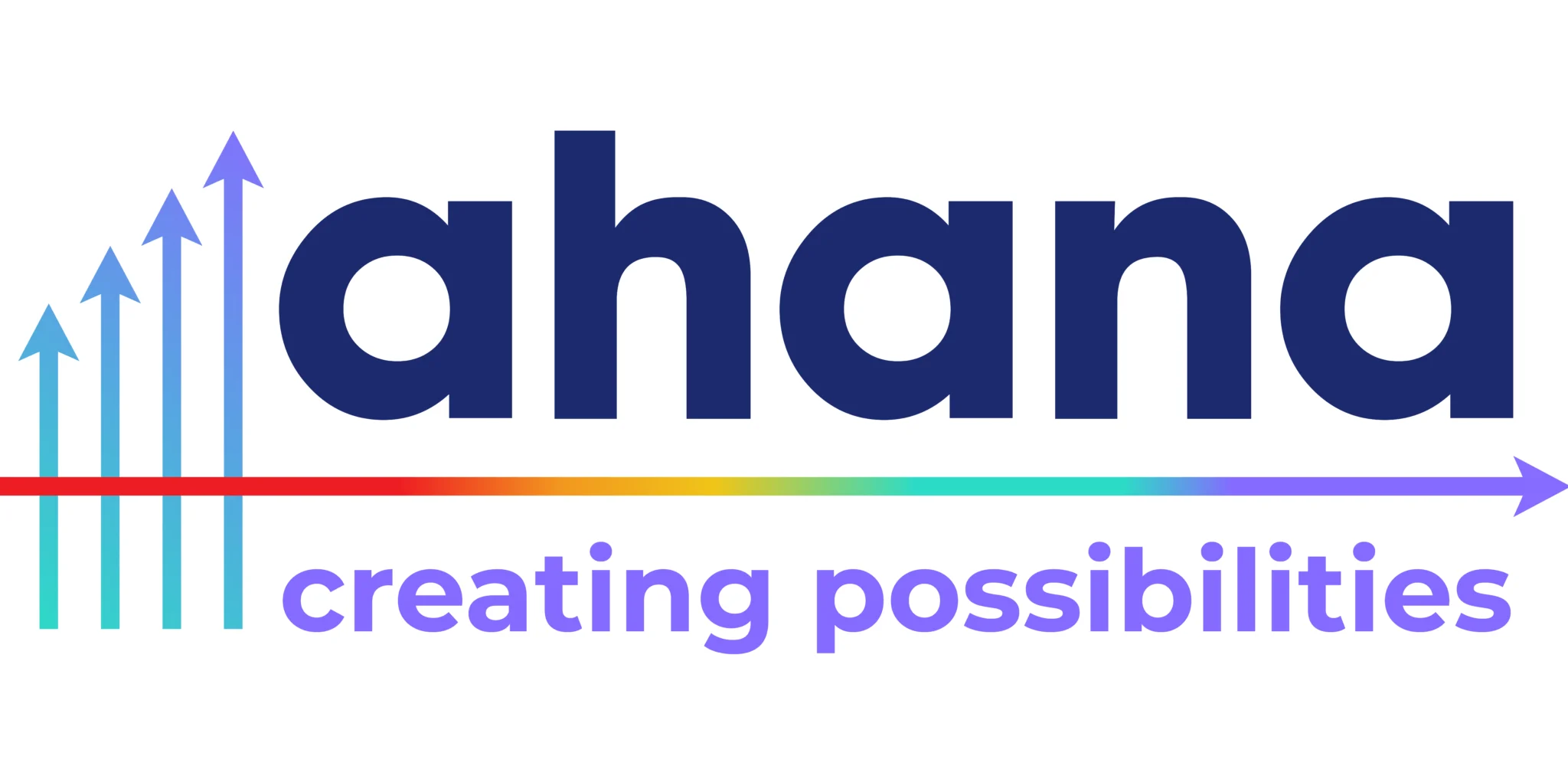Modern manufacturing companies are under constant pressure to optimize operations, especially in inventory management and procurement. Traditional manual workflows often struggle to keep pace with complex supply chains, leading to delays, errors, and higher costs. It’s no surprise that about 80% of businesses are accelerating process automation initiatives, with half planning to automate all repetitive tasks. In the manufacturing sector, automation technologies like Robotic Process Automation (RPA), ERP orchestration, and AI-driven forecasting are proving instrumental in streamlining procurement workflows and optimizing inventory levels. This article explores how these technologies are transforming inventory and procurement efficiency in manufacturing, and how Ahana’s expertise helps businesses achieve operational excellence with a consultative, technology-forward approach.
The Case for Automation in Manufacturing, Procurement and Inventory
Inventory and procurement are the lifeblood of manufacturing operations. Yet, many manufacturers face challenges like siloed systems, manual data entry, and reactive decision-making that hamper efficiency. Procurement teams juggle vast amounts of data – from supplier catalogs and purchase orders to invoices and delivery schedules – making the process prone to human error and bottlenecks.. Inventory managers, on the other hand, must ensure stock levels meet production demand without overstocking, a delicate balance that is hard to maintain with legacy processes.
Key pain points that highlight the need for automation include:

Slow Purchase Approvals:
Manual purchase requisition and order approvals can take days, delaying production. Automating these workflows speeds up approvals and provides real-time visibility into spending.

Data Silos:
ERP, supply chain, and finance systems may not be well-integrated, requiring repetitive data entry. This increases the risk of errors in orders and inventory records.

Reactive Replenishment:
Without predictive tools, companies reorder stock reactively when shortages occur, often resulting in rush orders or downtime.

High Operating Costs:
Inefficient procurement processes and excess inventory tie up capital. Studies show automation offers cost takeout of 40–75%, far greater than manual optimizations or outsourcing can achieve.
By addressing these challenges, automation enables manufacturers to move from cumbersome, error-prone processes to agile and data-driven operations. Let’s delve into three core technology areas – RPA, ERP integration, and AI/ML analytics – that are driving this transformation.
Streamlining Procurement with RPA
Robotic Process Automation (RPA) is transforming procurement by handling routine, high-volume tasks with speed and precision. In manufacturing environments, RPA bots streamline the procure-to-pay cycle by:

Monitoring inventory levels and auto-generating purchase requisitions.

Routing documents for approval and triggering order creation.

Communicating with vendors, sending POs, and tracking confirmations.

Validating invoices against POs and receipts to process payments.
By reducing manual intervention, RPA helps eliminate human errors, accelerates procurement workflows, and ensures compliance. It also bridges gaps across siloed systems, enabling seamless communication between ERP, procurement, and finance tools without costly IT overhauls.
Orchestrating ERP Systems for Inventory Optimization
ERP systems serve as the digital core for managing inventory and procurement, but real efficiency comes from strategic customization and integration. Manufacturers can enhance ERP performance by:

Automating stock-level monitoring and reorder triggers.

Consolidating real-time inventory data across warehouses.

Linking with production, finance, and supplier systems for a single source of truth.
When orchestrated with RPA, ERP systems can execute replenishment plans automatically, alert stakeholders to shortages, and maintain optimal stock levels. Ahana specializes in aligning ERP logic with on-ground inventory practices, reducing excess inventory, shortening lead times, and improving operational agility.
AI and ML-Driven Demand Forecasting
Artificial Intelligence (AI) and Machine Learning (ML) bring a predictive layer to inventory and procurement planning. By analyzing sales history, seasonal patterns, and market shifts, AI models can:

Anticipate material needs with higher accuracy.

Adjust reorder levels dynamically based on real-time demand signals.

Recommend procurement timelines to avoid over- or under-stocking.
These insights feed directly into ERP and planning systems, helping manufacturers make proactive decisions instead of reactive ones. Ahana deploys tailored ML models that integrate with existing data environments, enhancing forecast accuracy while supporting lean, responsive inventory management.
Conclusion
Manufacturing firms that embrace automation in inventory and procurement are reaping significant rewards: faster procurement cycles, lower inventory costs, and smarter responses to market changes. What’s crucial, however, is not just adopting individual technologies, but integrating them effectively. RPA, ERP systems, and AI/ML solutions should work in concert as part of a coherent strategy tailored to the company’s processes and goals. This is where a knowledgeable partner can make all the difference.
Ahana Systems & Solutions brings deep expertise in manufacturing automation, combining our experience in RPA deployments, ERP customization, and advanced analytics. We take a consultative approach, first understanding your current workflows and pain points, then designing a solution blueprint that might involve automating purchase order workflows, orchestrating data across your ERP and shop-floor systems, and implementing AI models for forecasting and inventory optimization. Our technology-forward team stays up-to-date with the latest in intelligent automation (from the leading RPA platforms to new AI forecasting techniques) to ensure you get a solution that is not only modern today but future-ready for tomorrow’s challenges.

